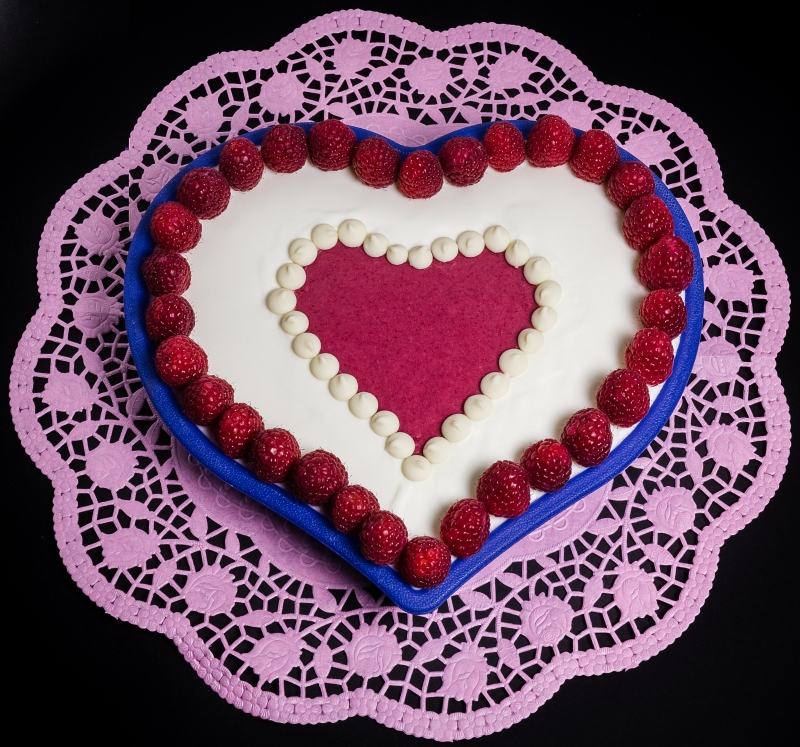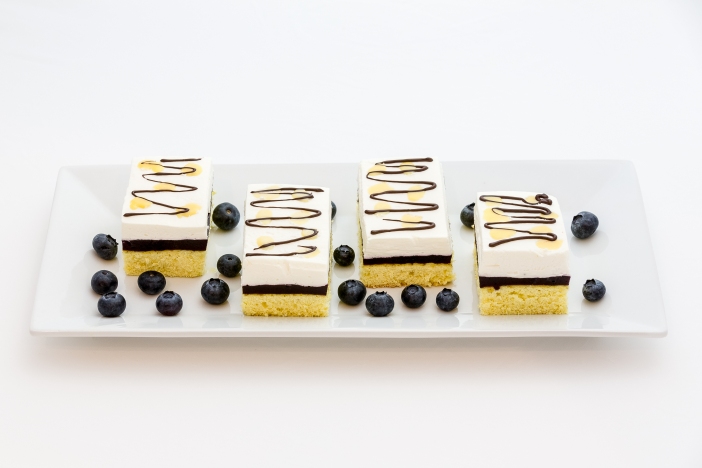’Tis tough to grind poppy seeds to a paste,
By mixie or by any means in haste;
Such is the grittiness of seeds tho’ small,
Invincible a foe, need not be tall. (J. Celes: Poppy seeds)
The poem proves two things: First, you can clearly make up a poem about just about anything, and second, to bake this traditional Central and Eastern European pastry you’ll need some elbow grease. Tiny black poppy seeds, harvested from dry seed pods of the poppy plant, are widely used in various cuisines around the world, mostly for decoration on top of baked goods. The pastry I want to show you today is different, in that the poppy seeds won’t be just modestly sprinkled here and there to add visual appeal and texture. In this traditional yeast roll they really take center stage, and we’ll need a lot of them, which is where the elbow grease comes in. (Did you know it takes between one and two million of seeds to make up a pound? I love to collect these utterly useless bits of culinary information.)
To make the filling for the roll, the seeds first need to be ground to a paste. Most Slovak bakers still use a hand-cranked grinder for this task, which gives the seeds a perfect consistency. I’ve got such grinder too, and use it often, given that I also have two teenagers and their manly strength at my disposal. The resultant poppy-seed paste is then sweetened and flavored with many wonderful things – sugar, cream, honey, lemon, and vanilla, to name a few. It seems that every region has its own recipe for the filling, and even every baker adds his or her own special touch to it. (I like to add a dollop of a tart jam and a handful of raisins, because everything is better with raisins, especially if they’re soaked in rum first). When you’ve played with the filling and made it so lip-smackingly delicious you can’t stop nibbling at it, it’s time to roll it up in the sweet dough and hide it away in the hot oven. Many good things come to those who wait, and in this case, if you can hold off for just half an hour, out of the oven emerges this shiny, sweet pastry that you can eat for breakfast, snack, or a dessert. The filling is usually just rolled up in a dough jelly roll style, and the pastry is then given a coat of egg wash and baked until golden. I changed it up a bit, and decided to cut the dough into strips and wrap them around the roll. Not only it makes the pastry more interesting, but because the strips provide an additional layer of dough around the roll, there is less risk the roll will split open during its rise in the hot oven. I’m quite happy with the results, and from now on it will be my go-to method of making the roll.
Even though many Slovaks (and Czechs, Poles, Croatians, Ukrainians, and Russians for that matter) are very fond of poppy-seed desserts and can’t imagine holiday table without them, poppy seeds have a very distinctive taste that people tend to either love or hate. For those who can do without them, I’m offering an alternative walnut/pecan filling, which is made exactly the same way. There is really no reason anyone should miss trying a slice of this homemade buttery goodness.
Traditional poppy-seed roll
(makes 2 small or 1 big sweet roll)
Dough:
- ½ cup milk, lukewarm
- 40 g (5 tablespoons) icing sugar
- 2 teaspoons active dry yeast
- 250 g (2 cups) all-purpose flour, plus a little more if needed
- pinch of salt
- 60 g (¼ cup, 4 tablespoons) unsalted butter, softened
- 1 large egg yolk
- 1 teaspoon vanilla extract
Poppy-seed/Nut filling:
- 250 g (9 oz.) ground poppy seeds (or ground walnuts/pecans)
- 250 g (9 oz.) icing sugar
- 100 g (3.5 oz.) honey
- 1 tablespoon of tart jam (raspberry, currant)
- 1 teaspoon lemon juice
- 1 teaspoon vanilla extract
- 1 teaspoon cinnamon
- ¼ – ½ cup milk (or cream)
- ½ cup raisins, soaked for 30 minutes in ½ cup water with ½ cup rum, then drained
+ 1 egg yolk with 2 tablespoons of milk, for egg wash
Method:
- To make the dough: In a small bowl, mix the lukewarm milk, yeast, and pinch of sugar. Let stand for 15 minutes to activate the yeast.
- In a bowl of your stand mixer, mix all the remaining ingredients for dough. Add the yeast mixture, and knead for 10 – 15 minutes, until the dough is smooth and elastic. If it’s too sticky, add a little more flour, 2 tablespoons at a time; if too dry, add a little milk/water to achieve the right consistency.
- Transfer the dough into an oiled bowl, cover, and let rise in a warm spot until it doubles in volume, 45 minutes – 1 hour.
- While the dough is rising, prepare the filling: In a small saucepan, combine all the ingredients except milk (cream). Over a low heat, gradually add milk or cream to achieve soft paste-like consistency. Let cool at a room temperature, don’t chill (room temperature filling will be easier to spread).
- When the dough has risen, punch it down and divide it into two equal parts. On a floured surface, roll one part of the dough into a 7 x 9 inch rectangle, keeping the other half covered. Position the rectangle crosswise to the work surface, short side close to you, and spread half of the filling on two thirds of the rectangle, leaving the last third empty. Pick up the shorter side of the dough rectangle, and roll the two thirds into a jelly roll, enclosing the filling, but don’t roll all the way.
- Cut the last third of the dough into strips about ½ inch wide, and wrap them around the roll. Pinch the ends of the roll together or tuck them under to prevent the filling from leaking.
- Transfer the roll seam side down onto a parchment lined baking pan, cover with a towel, and make the second roll in the same fashion.
- Allow the rolls to rise again, covered, while you preheat the oven.
- Center a rack in the oven and preheat it to 350 °F (170 °C). Prick the top of the rolls with a fork to prevent splitting, brush the pastries with egg yolk mixed with milk, and bake for about 30 minutes until dark golden brown.
- Cover the rolls with a clean towel while cooling to keep them soft. Let cool completely before slicing.








